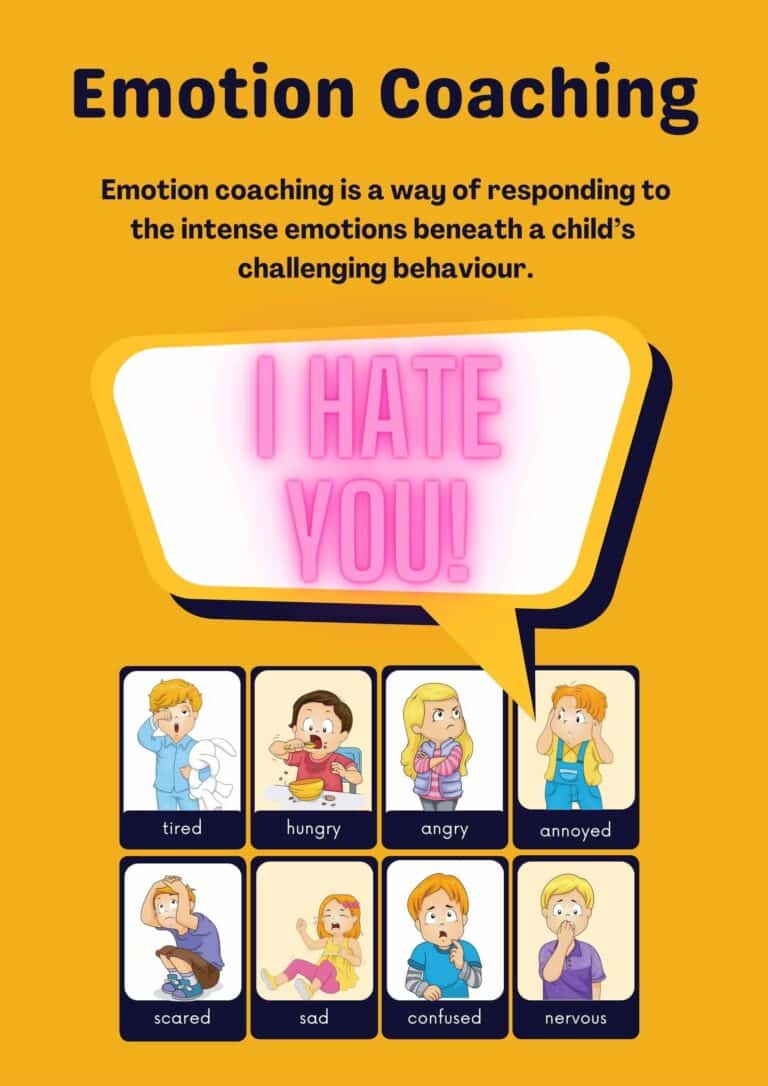
How Going Gluten-Free Transformed our Home
Hi, I’m Melissa, Beth asked me to explain how going gluten-free made a difference in our household. I have a

For his 17th birthday, I made him a cake, and his friend join us for dinner. They were heading out to a concert afterwards, but the evening started to unravel because of Harry’s poor time management skills. I was worried he would be late and tried to rush him. The result was a meltdown.
The next day I read a great blog post on the Parenting Place website written by Katherine Tarr, a family psychologist. If only I had read it earlier, I would have had strategies to help me cope with his emotional outburst.
I asked The Parenting Place if I could share Katherine’s tips as I believe parents with dyslexic children would appreciate her wisdom. They graciously said yes. Here is the original post on their website if you want to read it. The following is an extract.

“When a child is experiencing a strong emotion, they often feel overwhelmed and out of control. This is not a time to try to enforce compliance – this needs a different approach. It needs Emotion Coaching.
Emotion coaching is a way of responding to the strong emotions that lie beneath the child’s challenging behaviour. When parents respond to the child’s feelings, instead of their behaviours, the child feels connected, understood and safe. Their emotions dissipate, and they become more able to find solutions to the things that were upsetting them. This does not mean parents should ignore the misbehaviour; it means they address the misbehaviour only after they have helped the child manage their challenging emotions.
John Gottman identified four styles for responding to emotions. Gottman noted that we ALL do ALL four styles, although we tend to have a ‘preferred’ style we use most often.
This emotion coaching approach develops emotional intelligence in children, which is the ability to identify and understand their emotions, understand others’ emotions and respond with empathy, use emotions information to guide their thinking and behaviour, and manage how and when they express their emotions.
Sounds good, right? So how do we practice emotion coaching?
When you see your child beginning to tantrum, don’t react to their behaviour; rather, think about what emotion they might be feeling. Ask yourself, “What’s going on under their behaviour?”
Notice low-intensity and high-intensity emotions – addressing low-intensity feelings is better than letting high-intensity emotions overwhelm. In addition, recognise when you are feeling an emotion. Often our child’s strong emotion triggers a strong emotion in ourselves. So, take a minute to soothe your own strong emotions before you deal with your child’s. Take a deep breath before you engage with your child. Remind yourself that your goal is to calm the storm for your child, not escalate it. Calm yourself with a mantra:
“It’s not an emergency”
or
“This is a chance to be there for my child when he’s upset.”
We can choose how we respond to our child in their distress. If parents turn away from a child’s emotional experience (emotion dismissing) or turn against it with anger or frustration (emotion disapproving), chances are that child will feel undermined, ignored, and unworthy.
If parents turn towards a child’s emotional experience (emotion coaching), that child is likely to feel heard and understood. That means that as our child shows their emotion, we choose to connect with our child with understanding, compassion and empathy.
Create safety with your touch, your warmth, your tone, your attitude. Give your child the verbal and/or nonverbal message:
“I will help you… You’re safe….”
Your goal is to use this opportunity to build a closer relationship with your child and teach him helpful lessons about accepting and responding to emotions.

This is the idea of ‘name it to tame it’. Describing the emotion you see in your child normalises the experience and takes away the scariness of it. It can provide understanding and clarity to an internal experience, instead of it being felt as an ‘unknown’ emotional tornado. Putting the child’s feelings into words helps them identify what is happening inside themselves. It lets them know you understand how they’re feeling. It also lets you check-in to see if you got the emotion right.
In this step, we reflect back what we hear our child say, we show that we understand, and we validate their feelings.
It does not help a child if we tell them it will be okay or that it’s not as bad as they think, or even if we try to fix it. It helps our child when we acknowledge that they are feeling some hard feelings right now and that we understand why. We don’t have to agree with their thoughts or actions, but we do need to show that we understand why our child would feel this way.
“You’re fed up with your brother going into your room and taking your gum.”
“Oh, Sarah, no wonder you’re upset.”
When we work through the above steps (and sometimes we will need to repeat step 3 and step 4 multiple times), we may notice a sigh, a release of tension or a shift in body language. Sometimes we can see a definite shift in their emotions and a return to calm. Most of the time, when kids feel their emotions are understood and accepted, the feelings lose their charge and begin to dissipate. This leaves an opening for problem-solving.
Only when they have calmed down can we move to step 5. Sometimes step 5 won’t even be necessary – the act of listening, naming their emotions and showing empathy is all the child needed to get on with their day. But if we do need to offer further support to our child, here’s what we do.
This is where we maintain limits – outline why something isn’t okay, ask what should be done to avoid these kinds of issues in future and move towards solutions.
“Now that everyone’s calm, we need to talk about things. It feels rotten when this stuff happens. How can we get it right next time? What do we need to work on together?”
If appropriate, consider brainstorming possible solutions to the problem that caused their upset in the first place. When this step is required, problem-solving communicates “I will help you sort this out”, and it can be very helpful, but only if it comes after listening and validating the emotional experience of the child. We can give our child space to come up with their own solutions by asking “What do you think you could do next…?” and if they don’t have any ideas, we can guide them through the problem-solving process by using words such as “I’m wondering if…” or “Hmmm, what would you think if we…”
Gottman found that even when parents can use an emotion coaching approach 30-40% of the time, this is enough to get the benefits noted above. And there are some situations where emotional coaching may not be the best approach at all, for example:
In general, however, if we can regularly take the coaching approach when our children are experiencing strong feelings, we are well on our way to helping them regulate their emotions. Plus, we’re supporting positive behaviour. And over time, our children will be more equipped to regulate their own emotions in a healthy way and respond with positive behaviour themselves.
Emotion coaching also helps us – the grown-ups – stay calm when our kids are upset, so it’s a valuable tool for creating and maintaining a more positive atmosphere in our homes.
Speechify is an app that can help dyslexic children as it reads online text. Here is my affiliate link.

Hi, I’m Beth. Seven years ago, when I discovered my son had dyslexia, I had a ‘light-bulb’ moment and understood this explained many of my own difficulties. Ever since, I’ve been on a mission to discover the best ways to wrestle what I like to call the dyslexia octopus.

Hi, I’m Melissa, Beth asked me to explain how going gluten-free made a difference in our household. I have a

I need nighttime anxiety relief. It’s 4 AM, and I’m reviewing what happened to Harry at school yesterday and wondering